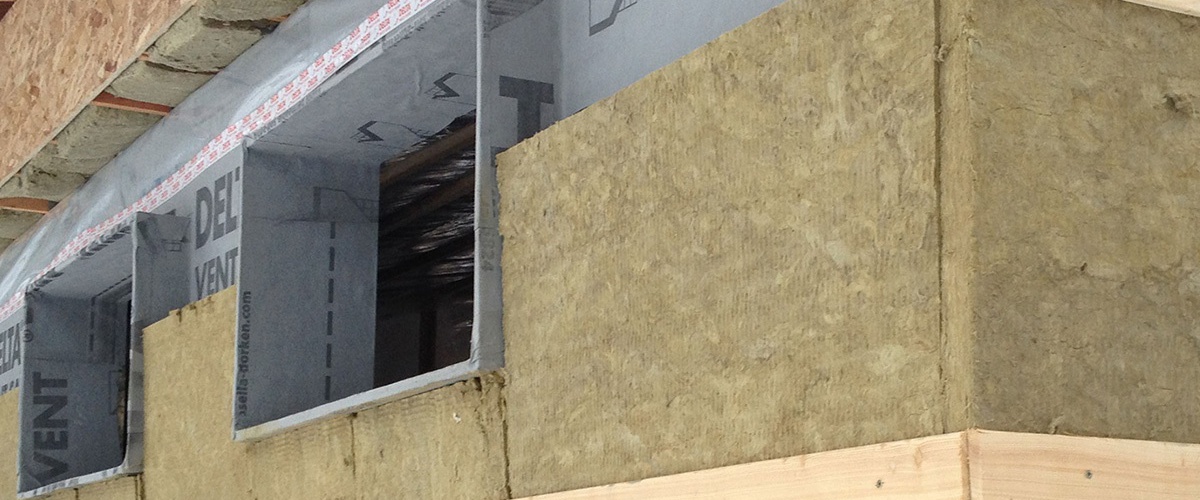Whenever there is a contact between the hot humid air and cold metal surface then there will be sweating or condensation on the metal surface so it is very important to have a proper insulation for the air handler ducts in case the portion of the duct is coming in contact with the.
Hot attic walls sweating.
You can prevent these problems from occurring by maintaining a dry attic with a low relative.
But excess condensation can lead to a host of problems.
Condensation in the attic is a serious problem that must be addressed by homeowners.
Lowering the temperature of the attic.
However ductwork sweating can also be caused or exacerbated by the following factors.
The simple physics behind sweating is.
Depending on how tight a house is constructed and the outside temperature even a relative humidity of 30 percent may be too high.
It s a natural process and similar to the way a chilled soda begins to sweat once you take it out of the refrigerator on a hot day.
Fortunately you can get rid of excess condensation on your walls and control excess moisture in your home.
If left untreated it can damage critical structural elements of the home such as the trusses and rafters ruin insulation damage any stored belongings and lead to the formation of potentially toxic black mold.
At higher levels relative humidity condensation can even occur inside of the house on windows cold walls or ceiling surfaces.
This material allows water to travel through it from the soil or air outside the wall says.
This meeting causes water droplets to form on the cold surfaces like your walls.
Also known as surfactant leaching this phenomena refers to paint sweating or what looks like water drips or water streak marks on walls.
Condensation is more common in bathrooms and kitchens where steam is produced by.
This may increase condensation and lower the.
Some condensation is harmless even normal.
This ventilation process helps lower the attic air temperature and reduce humidity levels thus reducing the.
Sweating commonly occurs in basements due to the poured concrete or block walls used to build them.
The colder the air is inside the duct the greater the chance of ductwork sweating.
Improper or no insulation of ducts.
The most common cause of condensation on your walls is excess moisture inside your home.
Walls can appear to sweat from too much humidity inside your home.
An attic fan pulls hot air out of the space and draws in cooler air from outside.
This is sometimes common in older houses that do not have the proper vents or fans to eject excess moist air.
High levels of humidity inside the home cause moisture to condense on the walls and sometimes the windows as well.










